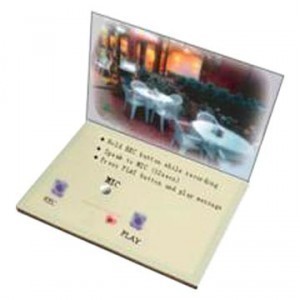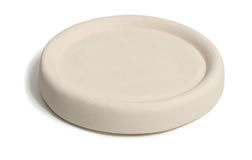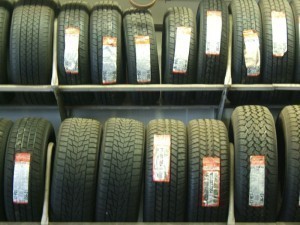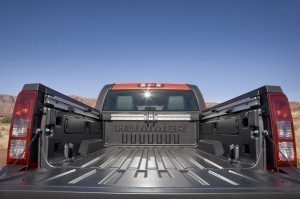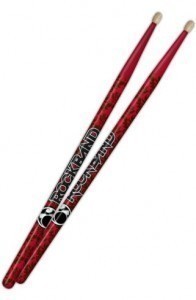Cymbal Size Guide
Cymbal sizes differ depending on the type. Some cymbals are 14" in 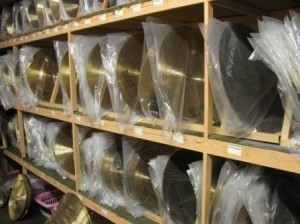 diameter. Others measure 13”, 16”, 18” and 20”. The splash cymbals diameter usually ranges from 6" to 12". There are also smaller splash cymbals that measure 4” in diameter. The medium thin crash cymbals are 22” in diameter. The average splash cymbals are 10” in diameter. 8” is another common size. The china cymbals are 12” and less in diameter. These are all percussion instruments.
diameter. Others measure 13”, 16”, 18” and 20”. The splash cymbals diameter usually ranges from 6" to 12". There are also smaller splash cymbals that measure 4” in diameter. The medium thin crash cymbals are 22” in diameter. The average splash cymbals are 10” in diameter. 8” is another common size. The china cymbals are 12” and less in diameter. These are all percussion instruments.
Characteristics
These instruments are thin alloys with a rounded shape. They are used in virtually all types of music. Marching groups, heavy metal bands, jazz musicians and orchestra use them.
These instruments are always measured by their diameter. Usually they are measured in inches by sometimes they are measured in centimeters. The cymbal size influences the sound. The bigger the cymbal, the louder the sound and the longer it will last.
The weight of the cymbals also affects the sound. The heavier the cymbals, the louder they become. The heavier cymbals also have superior stick articulation. The thinner cymbals are noted for their quicker response and full sound.
The following are some of the cymbal types used.
Orchestral Cymbals
The cymbals are used in orchestra for effect. Their sound permeates clearly. Often they are used to signify frenzy or revelry. They are also used to express passion.
Crash Cymbals
Whatever the cymbal sizes used, the orchestral crash cymbals are almost always used in pairs. These are also called plates. The sound is produced by rubbing the edges in a sliding manner (called the sizzle).
The crash sound is produced by hitting the cymbals together. The tap crash sound is made by tapping one cymbal’s edge against the other cymbal’s body. The scrape sound is produced by scraping the cymbal’s edge from the bell’s interior to the edge.
Clash Cymbals
The clash cymbals are typically played along with the bass drum. When these two instruments are used together, they help emphasize a note. This is possible because they can contribute in high and low frequencies.
The clash cymbals eventually turned into the low sock and eventually into the hi-hat. These cymbals are paired with the bass drum. The modern hi-hat cymbals are heavier than the old types. The hi-hat cymbals found in drum kits have little taper and more akin to the ride cymbal.
Ancient Cymbals
Also called tuned cymbals, these are rarely used. Their timbre is more like hand bells. They are also smaller than modern cymbals. These cymbals are not hit fully against one another but on the edges.
Other Types
Besides the types mentioned, other cymbal variants are the bell cymbal, suspended cymbal, china cymbal, swish cymbal and finger cymbal. All of these cymbals come in various sizes and they are also used in various ways and with different instruments.
Because the cymbal sizes are so important, it is crucial that the musician take due note of them. From the diameter to the weight, all these have an effect on the sound that will be generated.
